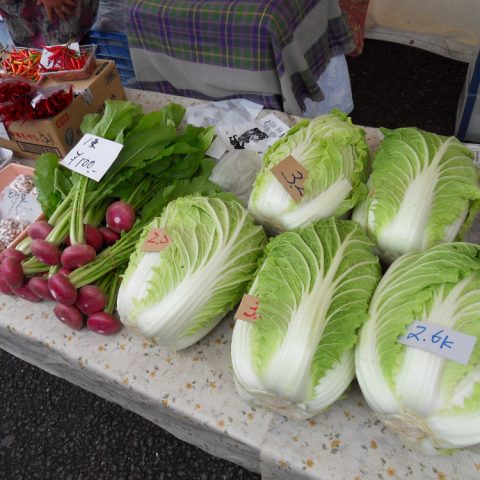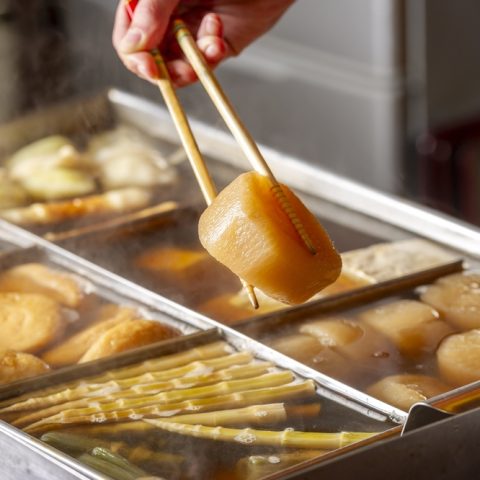
Japan uses the Gregorian calendar like most of the world, but the old traditional calendar is still of importance here. In the olden times, the Japanese believed that the year had four seasons of three months each. Winter was from October to December and the New Year in January marked the start of spring.
In the traditional calendar, February, for example, is also known as kisaragi (気更来) – the month where each day brings more sunshine. Japanese sweets or wagashi were linked to agricultural cycles, festivals and the traditional calendar. In reality, though winter extends through January and beyond, the wagashi calendar still follows the old way. Common ingredients used to prepare winter wagashi – along with the standard red beans, flour and sugar – are yuzu (a citrus fruit), black beans (said to boost health and diligence), and camellia flowers (often used to create the appearance of ice crystals or snowflakes).
Here are a few unique winter wagashi that will make the wait for real spring just a little bit sweeter:

Oshiruko
Oshiruko is a sweet soup made from adzuki red beans boiled in a mixture of water and sugar with pieces of rice cake floating in the bowl. Traditionally served hot and eaten in between meals, this dish is very popular in the cold winter months. Depending on whether the beans are left whole or mashed, the oshiruko takes on a different name. In western Japan, when the beans are whole, the dish may be called zenzai. As winter takes its hold on Japan, supermarkets, souvenir shops and even the omnipresent vending machines stock some ready-made versions of oshiruko. These variants are quite good, but to eat the most delicious oshiruko, it’s best to find a traditional restaurant that serves it fresh and hot.

Sake Manju
These sweets combine two great things – sake and buns. These steamed buns are made with different types of sake, flour and sugar, and have the aroma of sake with firm texture. Sake specific to the cold season is used. As a bonus, though we are yet to put it to the test ourselves, sake buns are meant to be a good source of vitamins and can even improve your concentration!

Karukan Manju
Made with rice flour and yam, then filled with sweet boiled red bean paste, these sweets are popular in Kyushu in the south part of Japan. These are available all year round, but in wintertime, they take on the appearance of snow.

Yakuyoke Manju
Originally a purifying festival with origins in the Heian Period, setsubun is now a festival that is enjoyed widely throughout Japan. Parents and teachers dress up as oni or demons and scare their kids. Beans are used to ward away evil. With this special significance, a lot of bean-based delicacies are enjoyed during this festive period. Yakuyoke manju is a steamed bun made from a wheat flour dough and filled with red bean paste that is extremely popular during the setsubun. Normally enjoyed with a cup of green tea, these sweets are sure to energize you as you embark into the ‘traditional spring.’

Ohinagashi
Ohinagashi are special kinds of wagashi eaten during the famous hina matsuri or doll festival. Common motifs that bring good luck to girls are used to create these wagashi. These include peach, oranges, and bamboo shoots. Often very colourful and sold in baskets, the hina matsuri festival is unimaginable without the ohinagashi.
Wherever you find yourself in Japan, no matter how cold it is outside, you can be sure that a delicious and fulfilling sweet is waiting for you right around the corner.
PIN THIS FOR LATER





